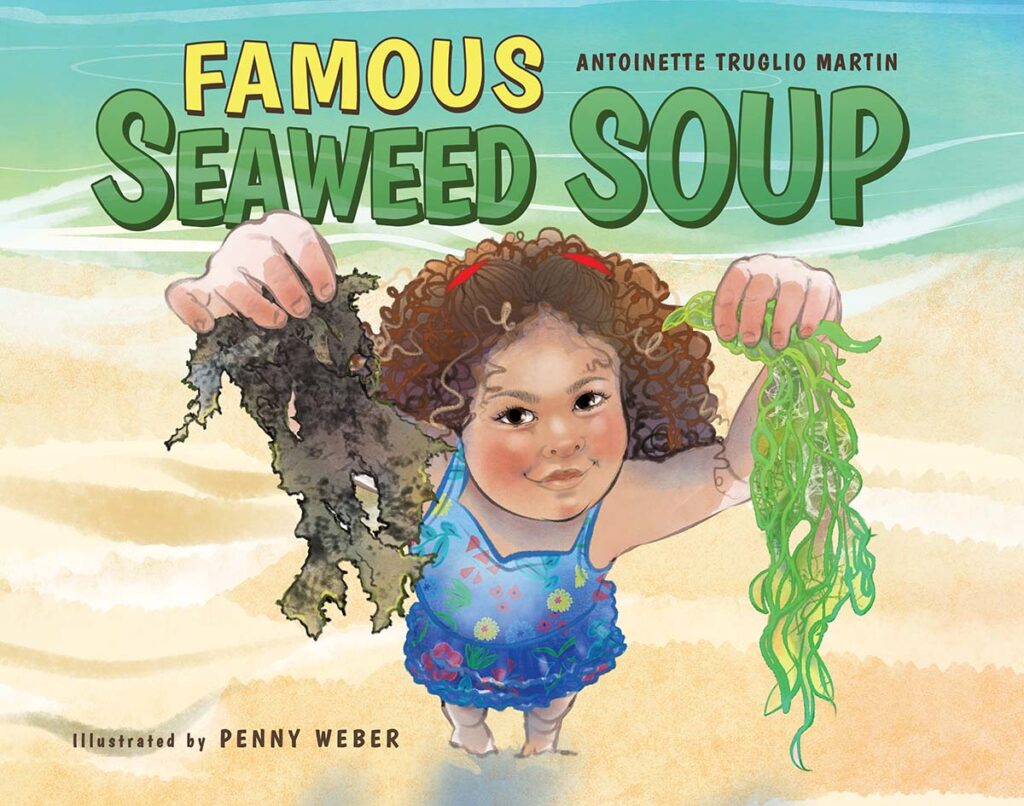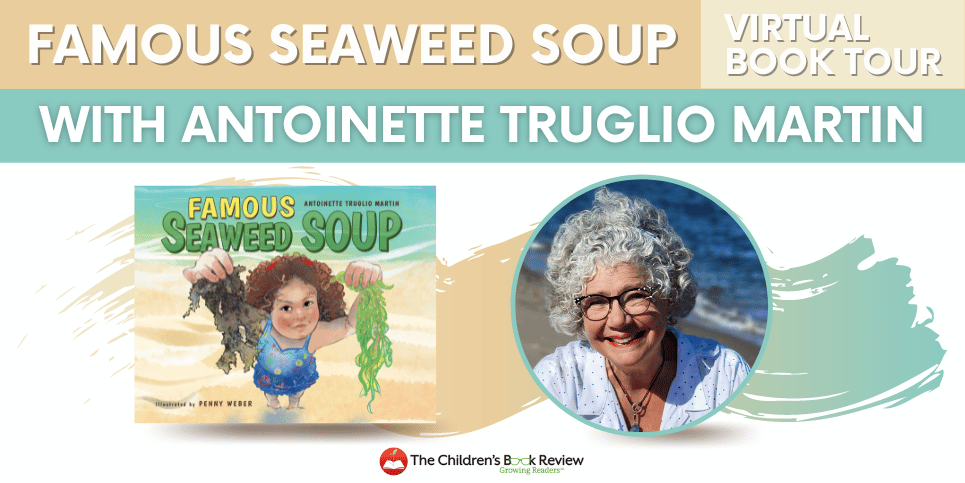An article on the main elements, examples, and the art of writing a good fractured fairy tale by author Antoinette Truglio Martin, in partnership with The Children’s Book Review.
Fracturing Fairy Tales and Fables
The Essence and Elements of a Fractured Story
In my childhood TV memory, The Rocky and Bullwinkle Show aired a segment called Fractured Fairy Tales. As a kid, I enjoyed the slapstick comedy and silly voices. As an adult (yes, you can stream this funny show), I am amused by the wacky perspectives of classic fairy tales and fables. The tone and dialog of the shorts were clever and entertaining for adults and children.
For centuries, fairy tales and fables romanticized true love, explained the natural world, created unlikely heroes and heroines, and conjured monstrous nemeses. A kiss broke a death spell, a foolish teen outwitted a giant, and, well, we all know what happened to those evil stepmothers. All cultures have their stories. Rudyard Kipling’s Just So collection, Native American legends, Greek and Roman myths, Japanese paper dramas, and American tall tales continue through the ages. They evolved through time and have found their way onto contemporary children’s nightstand book piles.
But how many times can you hear and tell the same ancient story? Have all stories about unlikely unions, injustices righted, losses found, and mysteries solved been told? Apparently not. Storytellers imagine and weave infinite premises from the old and create new and vibrant tales. There is a huge sub-genre of fractured fairytales and fables told from a different point of view, a twist in the hero’s character, or an unexpected outcome. The challenge is to tell a familiar plot in a unique and clever way so it reads like a brand-new story.
Examples of Fractured Fairy Tales
Children’s literature contains a substantial selection of fractured fairy tales. The Stinky Cheese Man, The True Story of the Three Little Pigs, and The Little Blue Bridge come to mind. Readers recognize the old story through actions and dialog. The writers incorporate the repetitive refrain, change the settings, replace the characters’ species, and craft the end with a surprise twist or a different lesson learned. The successful fractured fairy tales invoke imagery and weave humor with empathy, perhaps a bit of pathos, but always end with a clever conclusion. They become instant favorites.
Writing a Fractured Fairy Tale or Fable
When I initially wrote Famous Seaweed Soup, I struggled to create an artful story that would be read and re-read into favorite book status. I could have simply written a story, following tried-and-true blueprints, but this was my first picture book. I wanted it to be special, memorable, and fun for everyone. I needed a rhythm (no rhyme—I know my limits), wordplay, or a phrase that was familiar and invited listeners to join in the reading.

Fairy tales and fables contain these qualities. Little Red Riding Hood exclaimed, “Grandma, what big eyes you have!”. Jack’s giant bellowed, “Fee Fi Fo⋅ Fum”. Chicken Little predicted, “The sky is falling!” I chose the Little Red Hen fable, probably because it involved cooking, which seems to be a theme I repeat in all of my stories. Aside from the cooking, I converted the animal characters into people, changed the setting from a farm to the seashore, and tweaked the finale.
Although the Brothers Grimm and Aesop aimed to instill fear and show the consequences of naughty behavior, my purpose took a kinder route. Little Red Hen’s call results in defiance. Perhaps next time, Little Red Hen’s farm friends would lend a hand when the industrious hen baked another cake.
In Famous Seaweed Soup, the repeated phrase, “I’ll do it myself”, showed independence and resilience. Sara played out her beachy discoveries, inviting her family to join in, only to do all the work by herself. It did not matter that Sara cooked alone; she was proud and generous with her soup. Perhaps next time, someone will help Sara make Famous Seaweed Soup, or perhaps not. Sara will happily do it herself again.
Fairy tales and fables are timeless. Every culture and generation within the culture has its favorite. As time tumbled forward, many stories were fractured and re-woven into fresh stories. Illustrations may assist in the imagery, but it is how stories are told that brush off the dusty ages and shine an updated light on an old tale. Famous Seaweed Soup tells a modern child’s venture in a delightful fractured fairytale style. Enjoy.
About the Author
Antoinette Truglio Martin is a retired speech therapist and special ed teacher who now enjoys life as an author and nonny. She finds wonder in children’s play and captures the magic with her stories. Antoinette lives in her hometown, Sayville, New York, where she writes and plays on the Long Island seashore with her beach-loving family and friends.
For more information, visit: https://antoinettetrugliomartin.com/


Famous Seaweed Soup
Written by Antoinette Truglio Martin
Illustrated by Penny Weber
Ages 5+ | 32 Pages
Publisher: Purple Butterfly Press | ISBN-13: 9781955119405
Publisher’s Book Summary: Beach days are the best days and Sara loves everything about the beach. Her favorite part is making her Famous Seaweed Soup. Collecting all the ingredients is a tough job, but Sara thinks she’s up to the task!
Can she make it all by herself, or will a busy family foil her recipe?
Buy the Book

This article—Writing Fracturing Fairy Tales and Fables—was written by Antoinette Truglio Martin, author of Famous Seaweed Soup. Follow along with our articles and reviews tagged with Beach Books, Fractured Fairy Tales, and Picture Book.

